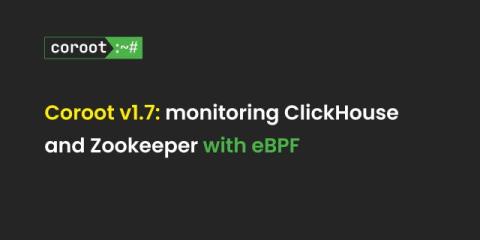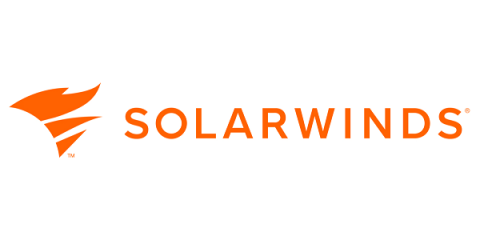What Is Cloud Monitoring? A Guide Through the Best Tools
As more businesses embrace digital transformation, cloud computing is becoming more relevant each day. Cloud technology provides the flexibility, scalability, and agility modern organizations need to stay competitive, transforming everything from daily operations to customer experiences. However, as companies expand their use of the cloud, managing these complex environments is proving to be a real challenge. What is cloud monitoring?











